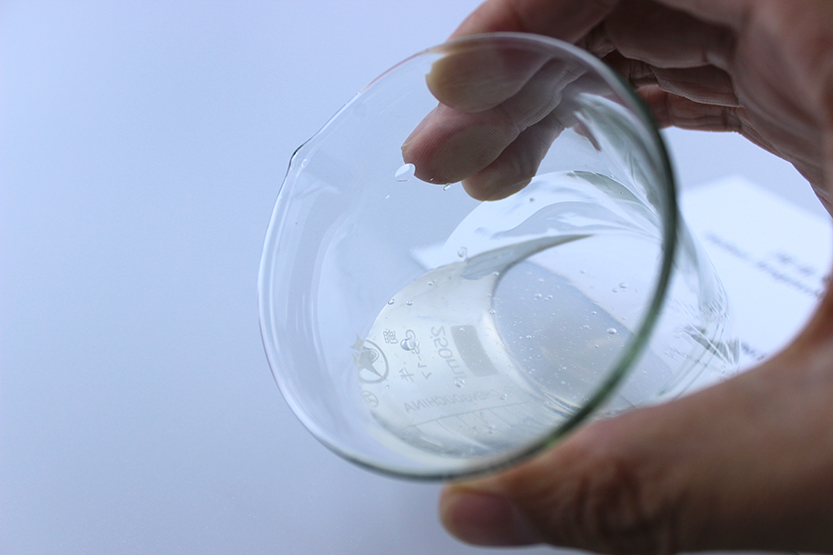
Nov . 07, 2024 11:14 Back to list
Exploring Hydroxypropyl Methyl Cellulose Applications and Benefits in Various Industries
Understanding Hydroxypropyl Methyl Cellulose (HPMC) Properties, Applications, and Industry Impact
Hydroxypropyl methyl cellulose (HPMC) is a versatile and widely used polymer derived from cellulose, one of the most abundant organic polymers on Earth. This cellulose ether has garnered significant attention in various industries due to its unique properties, including its ability to form films, its solubility in water, and its non-toxic nature. With a Chemical Abstracts Service (CAS) number of 9004-65-3, HPMC is recognized for its essential role in pharmaceuticals, construction, food, and personal care products.
Chemical Structure and Properties
HPMC is synthesized by the etherification of cellulose, which involves the substitution of hydroxyl groups on the cellulose molecule with hydroxypropyl and methyl groups. This modification enhances the solubility of cellulose in water and improves its functional properties. HPMC typically appears as a white to off-white powder that is odorless, tasteless, and chemically stable. Its molecular weight can vary significantly depending on the degree of substitution and the manufacturer, which affects its viscosity and solubility.
One of the key characteristics of HPMC is its water retention capability, making it an excellent thickening agent. Additionally, HPMC possesses excellent film-forming properties, making it suitable for uses where a barrier against moisture is necessary. Its thermal gelation property allows it to remain stable across a range of temperatures, which is vital for various applications.
Applications of HPMC
1. Pharmaceutical Industry
In the pharmaceutical realm, HPMC plays a crucial role in drug formulation. It is commonly used as a binder and controlled-release agent in tablets and capsules, offering an effective way to regulate the release of active ingredients in the body. Furthermore, HPMC is also utilized in ophthalmic formulations, where it acts as a lubricant to relieve eye dryness and irritation.
2. Construction Industry
hydroxypropyl methyl cellulose cas

HPMC is prevalent in the construction industry, particularly in the formulation of cementitious materials. It serves as a water-retaining agent, improving the workability of mortars and plasters and extending their open time. This attribute is particularly important in humid environments where prolonged working time is needed for application.
3. Food Industry
In food applications, HPMC is utilized as a thickener, emulsifier, and stabilizer. It is often found in gluten-free products, providing structure and improving texture. Additionally, as a vegetarian and vegan substitute for gelatin, HPMC can be used in various food products without impacting flavor or safety.
4. Personal Care Products
HPMC is also a common ingredient in personal care products, including cosmetics, lotions, and hair care items. Its ability to enhance texture and stability makes it a valuable additive in these formulations. Moreover, due to its hydrophilic nature, HPMC contributes to moisture retention in skin care products, promoting hydration.
Impact on Industries and Environment
The versatility of HPMC has made it a critical component across numerous sectors, significantly impacting product performance and consumer satisfaction. Its non-toxic nature aligns well with the growing demand for natural and safe ingredients in various applications. Additionally, HPMC is biodegradable, making it a preferable choice as industries move toward more sustainable practices.
Conclusion
Hydroxypropyl methyl cellulose (HPMC) is a remarkable compound with a wide array of applications, spanning from pharmaceuticals to food and personal care products. Its unique properties, such as solubility, film-forming ability, and non-toxicity, make it an indispensable material in enhancing product performance. As industries continue to innovate and prioritize sustainability, HPMC’s role is likely to grow, paving the way for further advancements in product formulations. The continued research and development of HPMC will undoubtedly yield even more exciting applications in the future, solidifying its place as a cornerstone in modern materials science.
-
Versatile Hpmc Uses in Different Industries
NewsJun.19,2025
-
Redispersible Powder's Role in Enhancing Durability of Construction Products
NewsJun.19,2025
-
Hydroxyethyl Cellulose Applications Driving Green Industrial Processes
NewsJun.19,2025
-
Exploring Different Redispersible Polymer Powder
NewsJun.19,2025
-
Choosing the Right Mortar Bonding Agent
NewsJun.19,2025
-
Applications and Significance of China Hpmc in Modern Industries
NewsJun.19,2025







